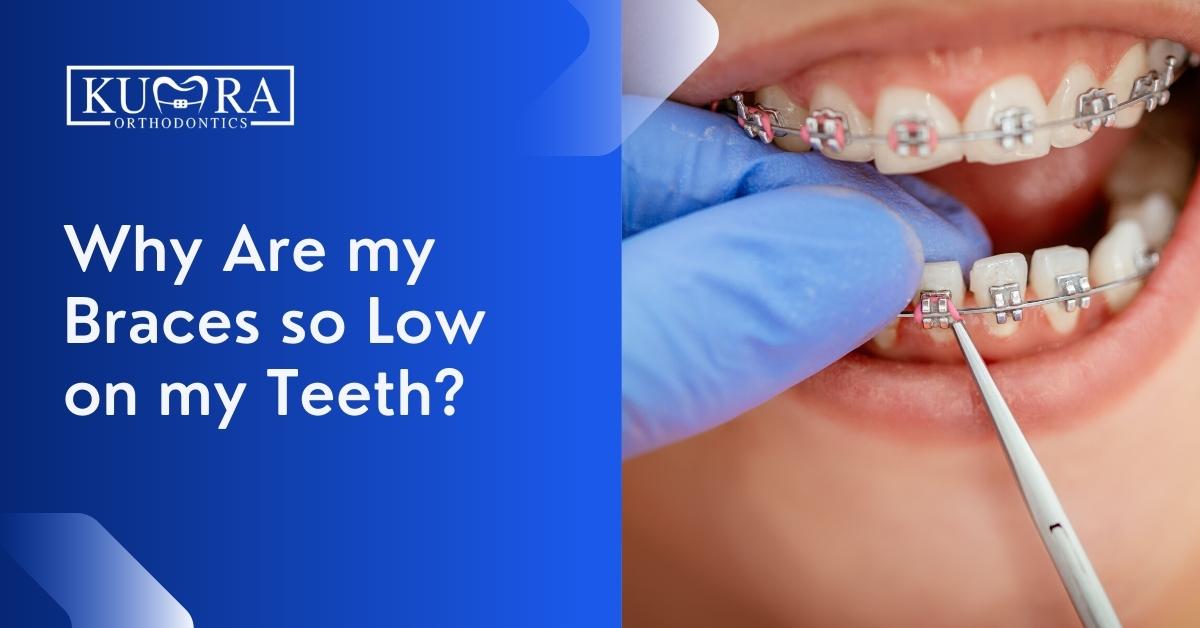How Cumming Orthodontics Addresses Common Braces and Invisalign Concerns
How Cumming Orthodontics Addresses Common Braces and Invisalign Concerns
Blog Article
Comprehensive Guide to Orthodontics Procedures for Correcting Oral Imbalances
Recognizing the intricacies of each procedure, including their mechanisms, advantages, and potential disadvantages, is crucial in making notified choices concerning one's orthodontic treatment. As we browse via the extensive overview to orthodontic procedures for remedying oral misalignments, the complex information of each technique will certainly unfold, dropping light on the course toward a harmonious and useful oral alignment.
Orthodontic Procedures Overview

In enhancement to clear aligners and typical dental braces, orthodontists might also recommend other interventions like headgear, palatal expanders, or retainers to address particular positioning problems (cumming braces). These treatments are customized per person's one-of-a-kind needs and may involve a combination of treatments to achieve the desired results. Routine modifications and tracking are important parts of orthodontic treatment to guarantee development is on track and to make any necessary alterations along the road. By going through orthodontic procedures, clients can not just attain a straighter smile but also improve their total dental health and wellness and function.
Typical Braces: How They Work
When considering orthodontic treatments for dental imbalances, traditional dental braces stand apart as a tried and true approach for correcting teeth positioning. Conventional dental braces include brackets, cables, and bands that collaborate to use continual stress on the teeth, progressively moving them into the preferred placement. The braces are affixed to the teeth utilizing an unique adhesive, and the cables are threaded with the braces. By readjusting the stress of the cords, orthodontists can regulate the instructions and force applied to each tooth, assisting them right into appropriate positioning gradually.
One trick aspect of how conventional dental braces work is the process of bone makeover. As stress is related to the teeth via the dental braces, the bone surrounding the teeth is reshaped to sustain the new tooth placements. This remodeling is crucial for the lasting security of the dealt with positioning. Clients will require routine changes at the orthodontist's office to make certain the braces remain to apply the proper pressure for effective teeth activity.
Unseen Aligners: Disadvantages and pros
Unseen aligners use a hassle-free and discreet option to traditional braces for dealing with dental imbalances. These clear, customized trays are basically unnoticeable when put on, making them an appealing alternative for individuals seeking an extra aesthetically pleasing orthodontic treatment. Among the primary advantages of unseen aligners is their removability, permitting much easier upkeep of oral hygiene contrasted to traditional braces. Individuals can remove the aligners before eating or cleaning their teeth, lowering the threat of food getting stuck in the appliance and simplifying the cleaning process.

Surgical Orthodontic Options
Surgical treatments in orthodontics existing viable alternatives for attending to complex dental imbalances that may not be effectively resolved through standard orthodontic treatments. While unnoticeable aligners and typical braces can deal with numerous orthodontic concerns, certain instances require surgical treatment to achieve ideal outcomes. Surgical orthodontic options are commonly recommended for serious malocclusions, substantial jaw discrepancies, and situations where the underlying click here for info bone framework needs adjustment to attain proper positioning.
One common surgical orthodontic procedure is orthognathic surgical procedure, which involves repositioning the jaws to deal with functional issues such as problem speaking or eating. This surgery is commonly performed in cooperation with an orthodontist that aids align the teeth before and after the procedure. Surgical orthodontics may likewise include treatments to reveal influenced teeth, remove excess gum tissue, or reshape the jawbone to create a more harmonious facial profile.
Before thinking about medical orthodontic choices, individuals undertake a thorough evaluation to determine the necessity and potential benefits of such interventions. braces. While surgery may seem challenging, it can substantially enhance both the function and aesthetic appeals of the smile in cases where conventional orthodontic therapies fail
Retainers and Post-Treatment Treatment

Failing to comply with post-treatment treatment directions can result in relapse, where the teeth progressively move back in the direction of their initial positions. Constant retainer wear, excellent oral hygiene, and normal dental examinations are important for keeping the results accomplished via orthodontic surgical treatment and making certain the long-term stability of the tooth implant cost dealt with dental positioning.
Conclusion
In final thought, orthodontic treatments provide various alternatives for correcting oral imbalances. Surgical orthodontic options are available for more extreme imbalances. Generally, orthodontic treatments can effectively enhance oral wellness and visual look.
As we browse with the detailed overview to orthodontic procedures for fixing dental misalignments, the intricate details of each approach will certainly unravel, dropping light on the path toward a practical and harmonious dental alignment. - cumming invisalign
One of the most usual orthodontic therapies is the use of braces, which are composed of steel brackets and wires that use mild pressure to gradually change teeth right into the preferred position.When taking into consideration orthodontic therapies for dental misalignments, traditional dental braces stand out as a tried and true method for dealing with teeth placing. Additionally, invisible aligners might not be suitable for complicated orthodontic issues that call for more substantial teeth movement, as they are typically advised for moderate to modest cases. Retainers are custom-made orthodontic gadgets developed to hold teeth in their fixed placements after the completion of orthodontic therapy.
Report this page